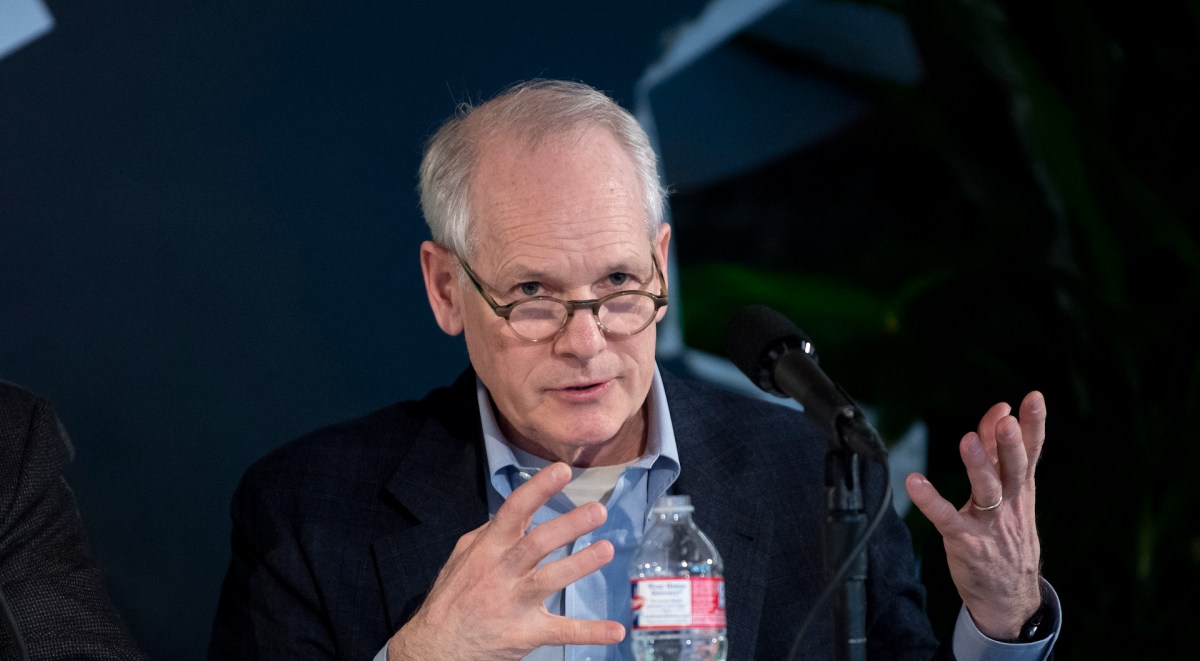Veterans Affairs’ IT budget sparks bipartisan concern for modernization and development

Members of a House Veterans Affairs subcommittee on both sides of the aisle shared concerns this week about the VA Office of Information Technology’s fiscal 2025 budget and what those funding levels mean for its ability to maintain and improve IT infrastructure.
During a Tuesday hearing regarding the VA OIT’s budget justification, Chairman Matt Rosendale, R-Mont., and ranking member Sheila Cherfilus-McCormick, D-Fla., both questioned how the budget would affect operations.
Kurt DelBene, the VA’s CIO and assistant secretary for IT, acknowledged that “it is a challenging budget for us,” forcing the agency to “be very focused on where we invest.” Modernization funds, he said, will have to be “judiciously” allocated “against the highest-priority projects” that the agency has.
DelBene said that the agency’s original budget submission to the Biden administration did not reflect the same reduction to development efforts specifically for technology as the FY25 document ultimately did.
The FY25 budget in brief, released by the VA, listed the following reductions across OIT:
- Development allocations at $960,000, a 99.2% reduction, or approximately a $125 million decrease.
- Enhancement funds at $45 million, an 87.7% decrease, previously standing around $363 million.
- Modernization funds for FY25 are $267 million, a 66.5% cut, previously having allocated funds just under $800 million.
As a result of the clawed-back funds for VA OIT, DelBene said that the agency is going to have to have a “very strict prioritization of the work that we do.”
“I do think that we will be able to address the critical projects that we need to address in FY25 with this budget,” he added. “I think we’re making some trade-offs, which will not work well if we sustain those over multiple years.”
In response to a question from Cherfilus-McCormick, DeBene pointed to the need for increases in future years “because you can’t just continue to be at a lower level” for these funding allocations.
DelBene also noted that the department is looking at a decreased budget for replacing technology, such as PCs, which he estimated to cost between $15-$20 million.
“We will replace PCs less frequently as a result,” DelBene said. “That’s my point, is that we can’t continue to do that every year. But I feel especially with some of the funding we’ve got recently and the fact the fleet has been updated, we can do that for one year and make that through. But we’re going to have to be diligent about it in future years.”
DelBene said his goal is to not allow veteran care to be hampered as a result of budgetary pitfalls.
“There are difficult choices that have to be made across the entire administration so I respect the challenges of making those cuts,” DelBene said.

